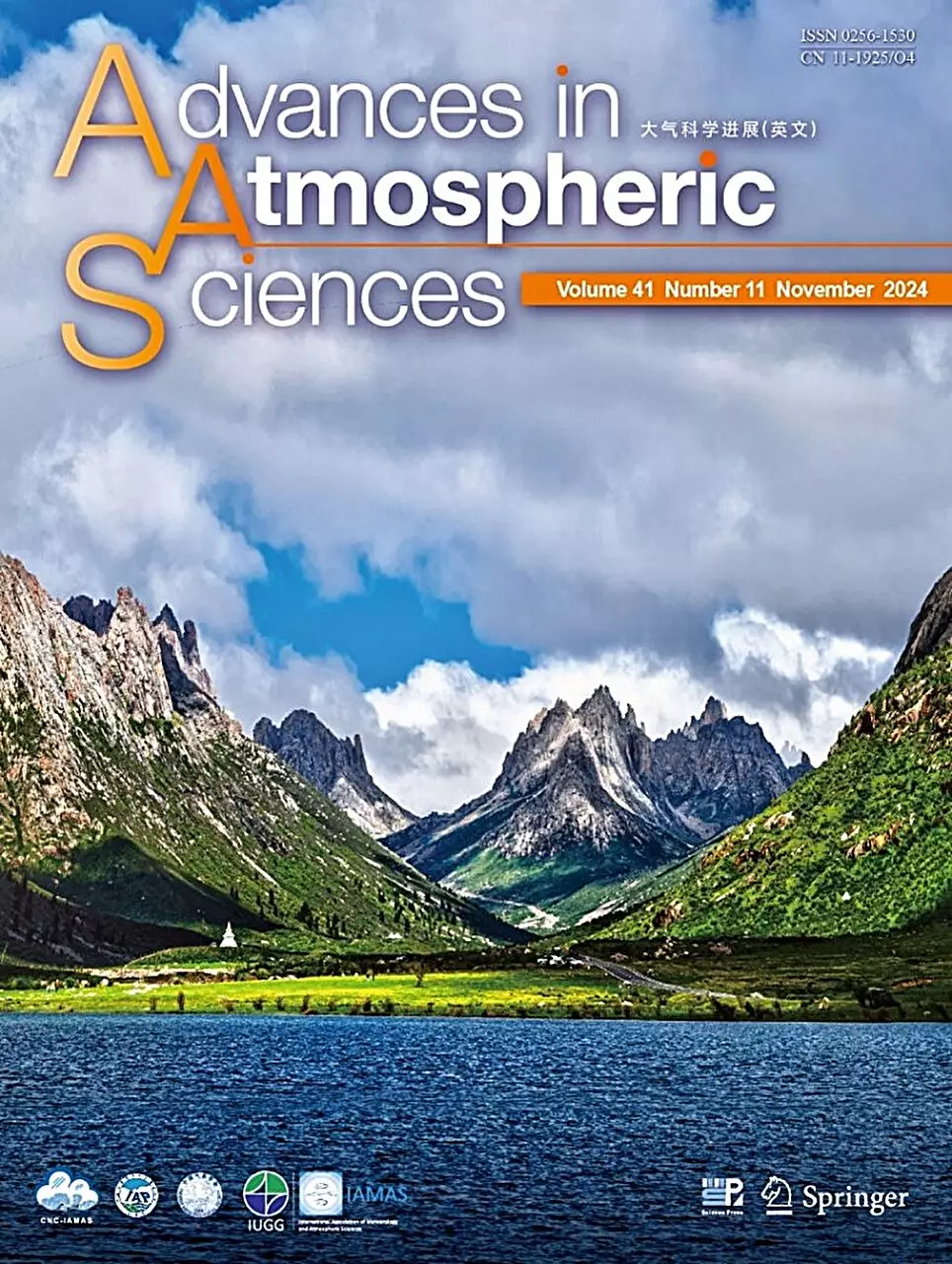The dramatic and diverse natural phenomena that shape our world often bring both benefits and challenges. Precipitation is one of those phenomena. It fills rivers and nourishes crops but can also wreak havoc in the form of floods and landslides. Therefore, an accurate understanding and prediction of various precipitation types is essential for effective management and planning. However, some regions complicate the collection and interpretation of precipitation data. One such area is the Tibetan Plateau, notable for its extreme altitudes and unique environmental conditions, which hinder both ground-based and satellite observations.
The Tibetan Plateau, often referred to as “the Roof of the World,” reaches elevations that are among the highest on Earth. This significant altitude presents a unique set of challenges for meteorological research. One particularly daunting problem is that the height of the plateau is often close to the freezing level in the atmosphere, which creates difficulties for distinguishing between different types of precipitation. In many regions, precipitation can be classified relatively straightforwardly; however, this simplification fails in the Tibetan context. Instances arise where weak convective precipitation may be misclassified as stratiform precipitation due to the geographical considerations of height and temperature.
Such misclassifications can profoundly affect weather forecasts and the associated predictive capabilities. Communities reliant on accurate weather forecasting may find themselves ill-prepared for sudden weather changes, making the need for improved preemptive measures all the more urgent.
Recent research led by Professor Fu Yunfei and his colleagues from the University of Science and Technology of China aims to tackle these issues head-on. Their findings, published in the journal Advances in Atmospheric Sciences, focus on analyzing the existing algorithms used for satellite-borne precipitation identification. By shedding light on the shortcomings of these algorithms in the context of the Tibetan Plateau, the team formulated a new identification algorithm that significantly enhances the precision of precipitation type classification.
Taking a nuanced approach, the new algorithm incorporates a range of parameters beyond the traditional binary classification of convective or stratiform precipitation. By considering attributes like maximum reflectivity factor and echo top height, this innovative algorithm permits a more fine-tuned classification of precipitation types. The categorization extends to “strong convective,” “weak convective,” and “weak” precipitation, which provides meteorologists with deeper insights into storm behavior, promoting more accurate forecasts.
The implications of this research are significant, particularly for the communities that inhabit mountainous regions like the Tibetan Plateau. Enhanced weather prediction models can lead to more reliable forecasts that empower local populations to better prepare for the forces of nature. Accurate identification of precipitation types does not merely serve the scientific community; it holds the promise of real-world benefits for people navigating the challenges of living in such drastically changeable environments.
Meticulous research such as that conducted by Fu’s team can eventually feed into more comprehensive weather forecasting systems that address the unique environmental and meteorological conditions of the Tibetan Plateau. With better understanding and prediction capabilities, local governance can respond more effectively to potential disasters.
Despite the promising advancements, Fu acknowledges that more work remains. A critical area of future research will involve confirming the existence and characteristics of stratiform precipitation during the summer months over the Tibetan Plateau. The current limitations of satellite-borne precipitation radar serve as a reminder of the ongoing challenges that researchers face.
As the scientific community looks to improve its methods, heightened attention to the intricacies and diversity of precipitation types will be essential. The challenge lies not just in standardizing measurements but in appreciating the unique circumstances that different environments present. It reflects a larger dialogue in meteorology about balancing standardization with the recognition of natural diversity.
While significant strides have been made in improving precipitation measurement on the Tibetan Plateau, the complexity of its environment demands ongoing commitment and research. Success in this domain will not only enrich meteorological science but also safeguard the lives and livelihoods of those in these challenging landscapes.


Leave a Reply